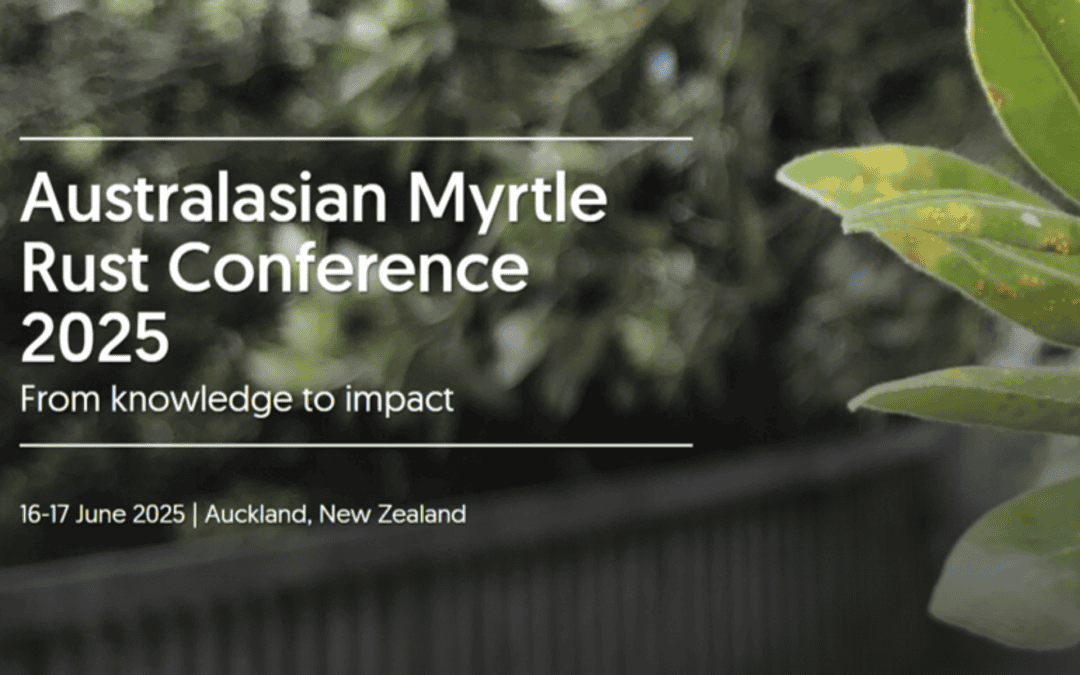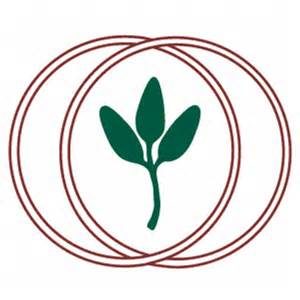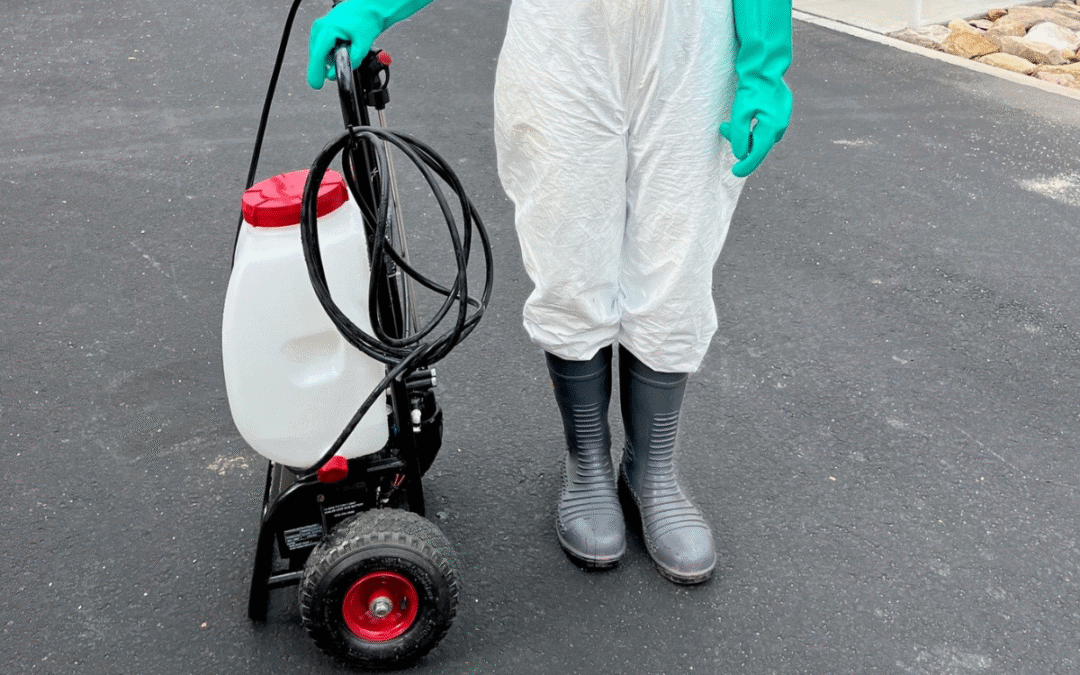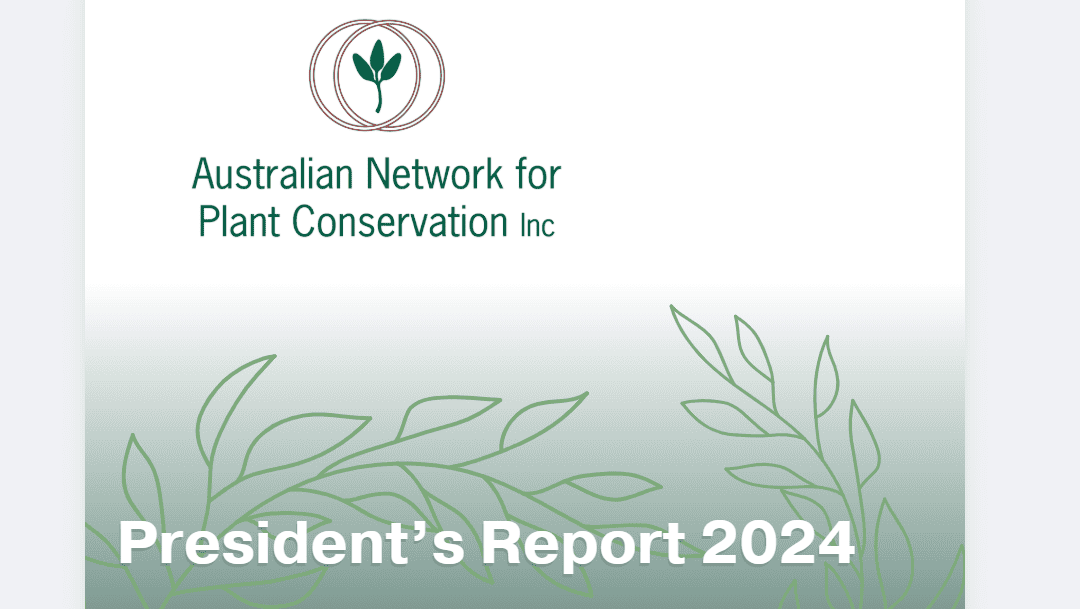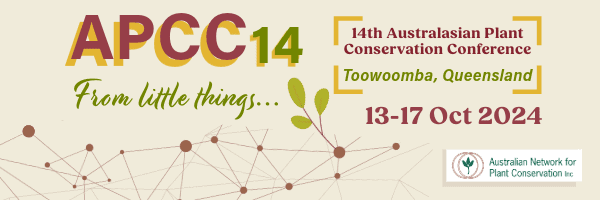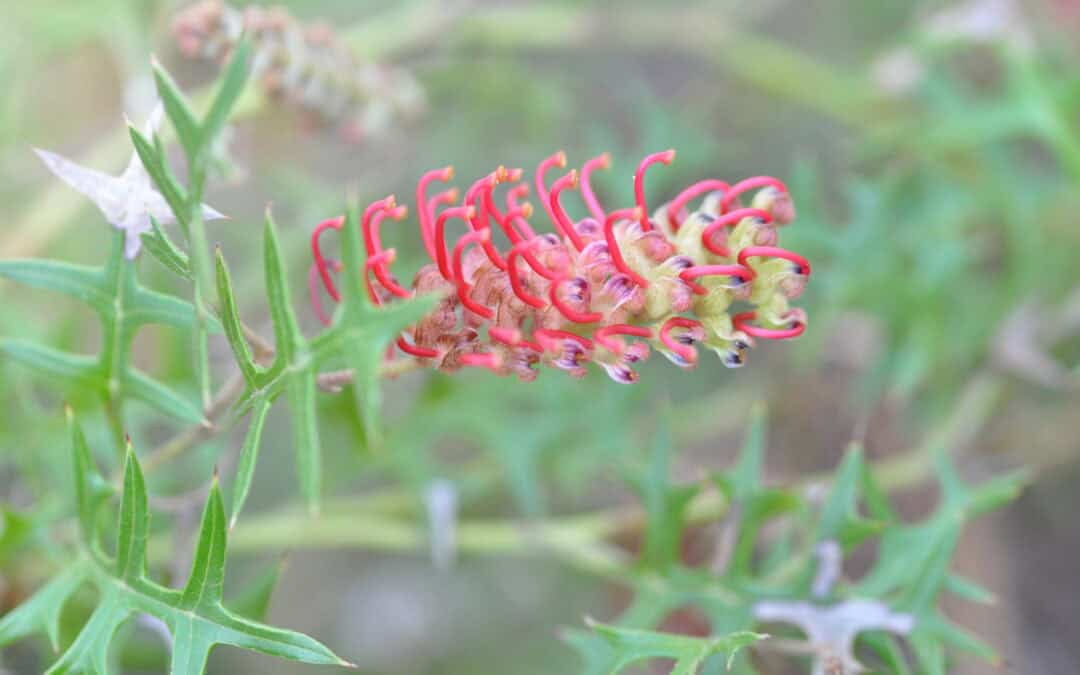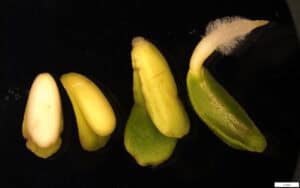
Jun 6, 2025 | Events Category, News
Only 10 days to go until the second Australasian Myrtle Rust Conference (16-17 June) with Manaaki Whenua Landcare Research and Waipapa Taumata Rau University of Auckland.
The conference program (including speaker abstracts) has been released (download here), as well as links for the free virtual attendance (here).
The conference themes are:
- Community-led action
- New technologies, solutions, and research insights
– Part 1: Tools and fungal genetics
– Part 2: Environmental and microbial insights - Species conservation
- Early career initiatives and research
Head on over to the conference website for all the details. We’re looking forward to seeing you online for what’s sure to be a fantastic conference!

May 30, 2025 | Events Category, News
APCC15 has been announced – Mark those calendars and follow us for updates!
We’re excited to announce that our 15th Australasian Plant Conservation Conference (APCC15) will be held in Port Douglas, Queensland during the week of 24-28 August next year! In the spectacular Wet Tropics, we will be within touching distance of the stunning world heritage listed Daintree Rainforest and in a town with abundant accommodation and dining options. Keep an ear out and follow us on Facebook or bookmark our conference webpage for conference updates as they come.

Mar 28, 2025 | News
The President’s Report for 2024 from President Caroline Gross is now available to view online.
Contained within are details of all of the significant projects which have been undertaken in collaboration with our partner organisations this year, including:
and much more…
Caroline has also highlighted the important work carried out by our project managers Paul Donatiu and Chantelle Doyle over the past year, along with Outreach Delegate Bob Makinson, as well as office staff Jo Lynch, Richie Southerton and volunteer Robert Hawes. She also took the opportunity to thank the members of our committee who are finishing their terms.
See the full President’s Report 2024 here.

Mar 20, 2025 | News
We had so many wonderful and varied presentations, there’s so much to learn about plant conservation in Australia, all in one convenient place! A big thanks goes to our presenters for sharing their wealth of expertise and insights over 3 fantastic days.

Mar 12, 2025 | News
Grevillea microstegia (Mt Cassell Grevillea) is a critically endangered Victorian endemic found only in the northeastern part of the Grampians around Mt Cassell, accounting for the species’ common name.
As part of the ‘Preventing the extinction of Victoria’s threatened flora’ project funded by the Department of Energy, Environment and Climate Action’s Nature Fund, Royal Botanic Gardens Victoria staff have conducted comprehensive surveys of the species with project partners, whilst simultaneously collecting seeds for long-term banking, tissue samples for genetic analysis, and cuttings for ex situ cultivation.
Seeds of the Mt Cassell Grevillea are difficult to collect in large quantities owing to low yields, and even more challenging to germinate. Recently, Victorian Conservation Seedbank staff successfully germinated this species in the lab setting by fully removing the seed coat, allowing them to document the germination process.

Germinating plants – Credit: Robert Hare
Whilst more labor intensive than the heat or chemical batch-treatments required by other hard-to-germinate species, manual seed coat removal is straightforward if fiddly! This significant development will help us to more effectively conserve the Mt Cassell Grevillea and support future restoration efforts.

Image showing manual seed coat removal – Credit: Hongxiang Zhang
Main image: Grevillea microstegia – Credit: Noushka Reiter
The ‘Preventing the extinction of Victoria’s threatened flora’ project is led by Royal Botanic Gardens Victoria in partnership with La Trobe University, Australian Network for Plant Conservation, DEECA, Parks Victoria, Trust for Nature, Wimmera Catchment Management Authority, Nillumbik Shire, ENVITE, Bairnsdale & District Field Naturalists Club, Friends of the Grampians Gariwerd, WAMA Botanic Gardens, Halls Gap Botanic Gardens, and the Australasian Native Orchid Society Victorian Branch.
